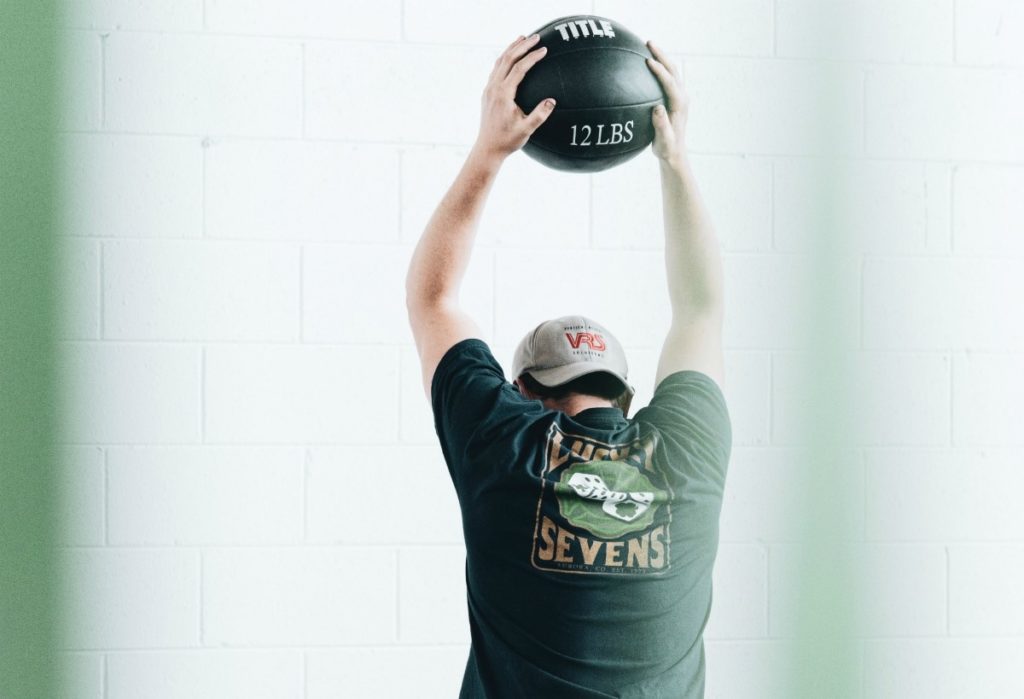The Nordic curl has experienced a significant surge in popularity among coaches and athletes, driven by two key factors. Firstly, it is a simple exercise that can be easily done either at home or in a gym without requiring any specialized equipment. Secondly, it seems to provide notable benefits in preventing hamstring injuries.
In this article, we will delve into the Nordic curl, exploring its definition, its potential benefits, proper execution techniques, alternative exercises to consider, and more.
What Is a Nordic Curl?
The Nordic curl is a bodyweight exercise primarily designed to target the hamstrings.
Traditionally, it involves kneeling on the floor while a partner secures your ankles. You then lean forward, lowering your chest towards the ground in a controlled manner. Next, you raise yourself back up by pushing off the floor with your arms and engaging your hamstring muscles.
However, various techniques exist for executing the Nordic curl, some of which incorporate specialized equipment, enabling a more comfortable and independent performance without the need for a training partner.
Equipment for Nordic Hamstring Curls
Below are some of the most commonly used pieces of gear for performing Nordic hamstring curls:
- Nordic Hamstring Curl back extension machine (also known as a Glute Ham Raise Machine or GHD): This equipment consists of a sturdy metal frame with cushioned knee and foot pads. It enhances the comfort of performing Nordic curls by providing knee support and locking your feet into position, ensuring a stable exercise experience.
- Nordic Hamstring Curl Bench: A Nordic hamstring curl bench is a flat bench equipped with knee and foot pads that secure your knees and feet. It allows you to perform Nordic hamstring curls with ease, eliminating the need for a workout partner. These benches are compact, making them an excellent choice for home workouts, especially if you have limited space.
- Nordic Hamstring Curl Strap: A Nordic hamstring curl strap is a robust piece of equipment typically constructed from nylon material. It features a foot pad at one end and a rubber anchor at the other. To use it, slide the strap beneath a door and secure it in place with the rubber anchor. Then, position your feet under the foot pad. While offering less support compared to other Nordic hamstring curl equipment, these straps are budget-friendly, compact, and lightweight, making them a convenient option for home or on-the-go training.
Benefits of the Nordic Hamstring Curl
Hamstring strains stand as the most prevalent lower-body injury encountered by athletes, particularly those engaged in sports demanding rapid, explosive movements like sprinting, soccer, football, rugby, and basketball.

The primary advantage of the Nordic curl lies in its capacity to reduce the risk of injury by enhancing the eccentric strength and fascicle length of the hamstrings. In simpler terms, this exercise strengthens your hamstrings in their fully stretched position while elongating the muscle fibers. These dual effects significantly reduce the likelihood of injury—some research indicates a potential reduction of up to 51%—during athletic actions such as acceleration, deceleration, or quick changes of direction.
Furthermore, scientific studies propose that the Nordic hamstring curl can also elevate athletic performance by enhancing agility, 10-meter sprint speed, and jump performance.
Nordic Hamstring Curl: Proper Technique
To master the Nordic hamstring curl, break the exercise down into three distinct phases: setup, descent, and curling.
Setup
Begin by kneeling on a comfortable yoga mat or cushioned pad, facing away from your workout partner. Have your partner secure your ankles, anchoring your feet to the floor. Ensure your posture is impeccable, with shoulders and hips aligned over your knees, forming a straight line from head to knee.
(Alternatively, you can secure your feet using specialized Nordic hamstring curl equipment, such as a dedicated bench, a sturdy strap, a loaded barbell, or by wedging your feet beneath a heavy object like a sofa.)
Position your hands in front of your chest, with palms either facing towards or away from you, according to your preference.
Descent
Engage your glutes, hamstrings, and abdominal muscles while maintaining the straight line from head to knees. Gradually lower your chest toward the floor by leaning forward, utilizing your hamstrings for a controlled and deliberate descent.
Curling
Maintaining a straight line from your head to your knees, pull your body back to the beginning position using your hamstrings. If necessary, utilize your hands to push off the floor and initiate the curling motion.
The curling phase mirrors the reverse of the descent, completing the Nordic hamstring curl with precision.
FAQs
Would you like to create your own Nordic hamstring curl setup at home?
Absolutely! To perform the Nordic hamstring curl in a home setting, you can secure your feet under a sturdy object like a bed or couch. Kneel on a soft surface such as a yoga mat, blanket, or pillow, and proceed with the exercise just as you would in a traditional setup.
When comparing the Glute Ham Raise to the Nordic Curl, which one is superior?
Well, it really depends. In the Nordic hamstring curl, your feet and knees align with each other, both resting on the floor. On the other hand, during the glute ham raise, the knee pad positions your knees slightly below your feet. Consequently, in the Nordic curl, the “lever arm” (comprising your torso and thighs) is slightly longer, making the Nordic curl feel more challenging than the glute ham raise.
